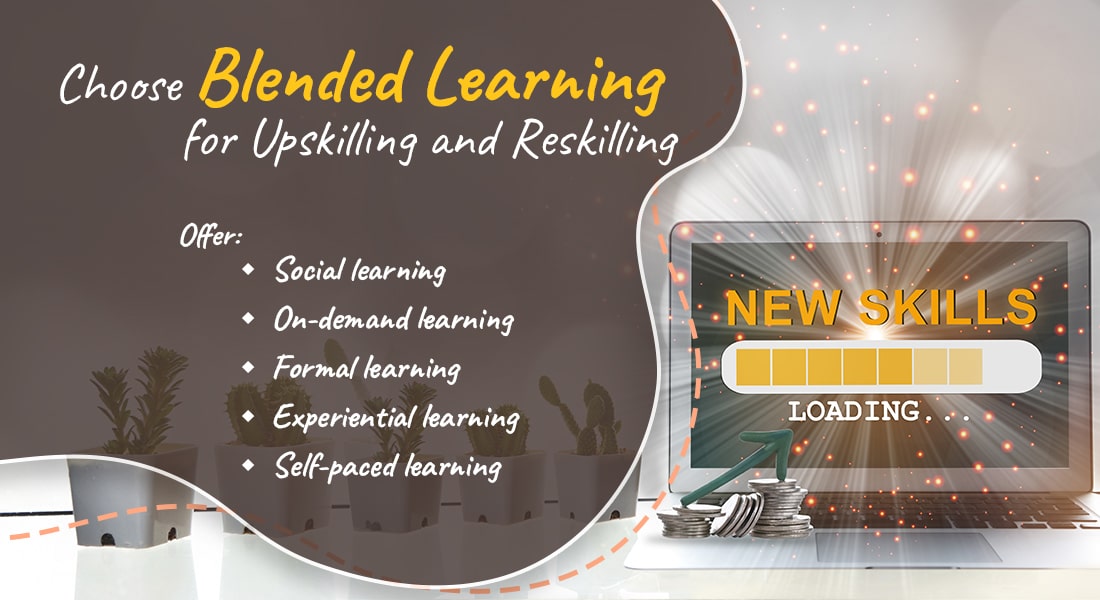E-learning Development with AGILE Methodology: Involving Stakeholders

Have you come across a situation where you’ve toiled day and night on an eLearning project, brought it to the finish line and then got to know that the project owners had something totally different in mind? This usually happens when project owners are not involved during the project development i.e., during the eLearning course development process. One way to get stakeholder approval with respect to eLearning projects is to involve them at every stage of the project.
At CommLab, we follow a three stage Agile Development Process that engages with stakeholders at every stage. Here is a visual representation of the process.
This three-step process comes handy when you are made responsible for an e-Learning project in your organization. Here’s what you need to do.
1. Set Expectations:
The first thing that you would need to do when you take ownership of the project is set expectations. What do the stakeholders expect from the project? What is their expected outcome? For them to give you a clear message, they also need to understand what is possible with eLearning and what is not. This ensures they know the limitations and constraints under which you operate and they set their expectations accordingly.
Some questions that will help you during your interactions with stakeholders are:
- What are the business challenges that you are planning to resolve with this eLearning course?
- What do you want employees to be able to do at the end of the course?
- What is the budget available for development?
The eLearning development process is complex, involving instructional designers, visual designers, developers, and so on. Each one brings in their own ideas and suggestions and if you are not clear what the stakeholders expect from the project, you will not be able to give clear cut guidance to the team of eLearning developers.
It is a good idea for you to sit with stakeholders and give them an overview of the different stages of eLearning development, the process involved, and how they will be involved at each stage and take a commitment for their time for each stage.
Once you have the necessary information, you will be able to outline the scope of the project and chalk out an instructional strategy for the course. If possible, you can also collect samples of courses that follow similar strategies to share with your stakeholders.
It is important that you get a sign-off on this project scope, and broad instructional strategy at this stage. Only then should you proceed to the next phase.
2. Rapid Prototyping:
E-learning development is a creative process and it is sometimes hard to visualize how the final output looks like. Therefore, prototyping is a good method to follow to ensure that there is a broad consensus on the look and feel of the course, right at the initial developmental stages.
What you do at this stage is develop a prototype of the course and share it with the stakeholders. The prototype will give them a fair idea of how the course will look like, the type of visual and graphical elements used, and the type of interactivities used. If the prototype is not what the project owners visualized, you will have time to correct it at this stage itself before you do your actual storyboarding. This way, a lot of rework is avoided.
To go a step further, you could also test the prototype on your LMS to ensure that it is compatible and do not encounter any technical glitches. You can proceed to the next phase only after your stakeholders sign off or approve the working prototype.
3. E-learning Development and Launch:
In this phase, you will scale up, starting with the design and development of the course. Even here, the course is reviewed in two stages. In the first level, the course without the audio is shared with the stakeholders, for their feedback. This gives them the flexibility to make changes without unduly impacting the design elements. Once this is approved, the audio component is added and is submitted for final review.
The key is to make the eLearning development process iterative, so that stakeholders are consistently involved at every stage of design and development. This ensures that stakeholders understand the efforts and process that goes into the work and are committed to the project and its success.
While it is not easy to ensure that stakeholders give you the time needed for the reviews, having an agile eLearning development process helps you in this objective. Taking time to explain the process and the need for stakeholder involvement at each stage, right at the beginning, will set the stage for their commitment. They will understand that it will save time and rework later on and is in the best interests of their project and organization.





![E-learning vs M-learning: 4 Design Aspects that Differ [Infographic]](https://blog.commlabindia.com/hubfs/Imported_Blog_Media/elearning-vs-mlearning-4-design-aspects-infographic1.jpg)